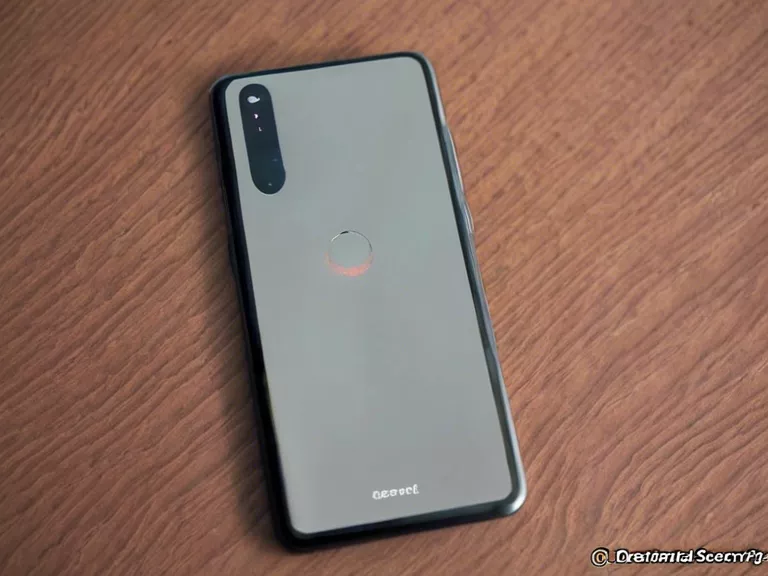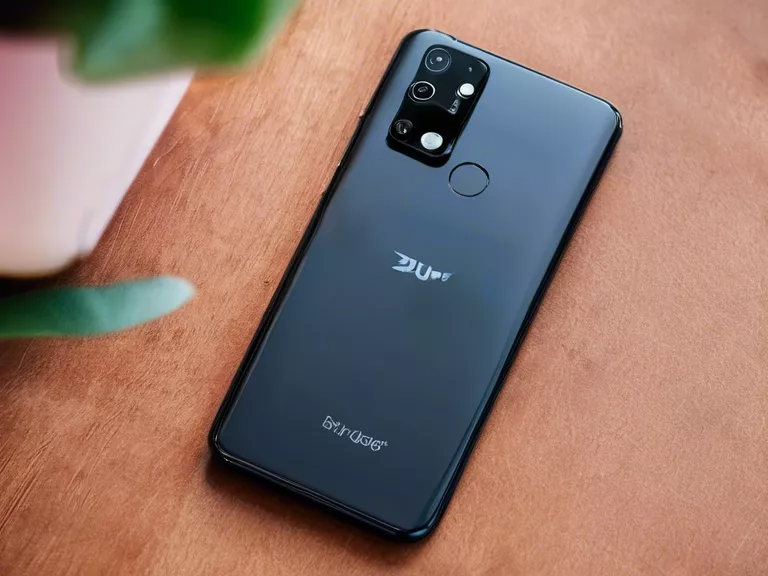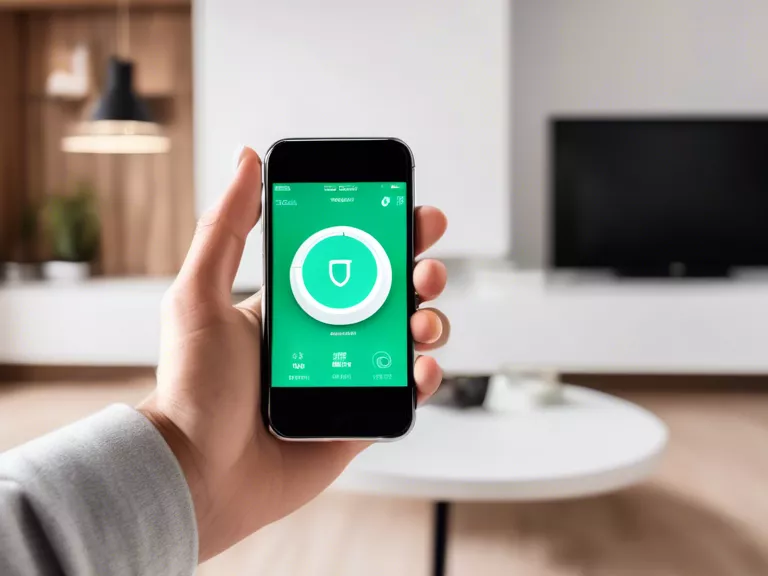
As smartphones have become an integral part of our daily lives, it's crucial to ensure that your device is secure to protect your personal information. For beginners, here are some essential security settings that you should enable on your smartphone.
Lock Screen Security
The first step in securing your smartphone is setting up a lock screen. Whether it's a PIN, password, pattern, or biometric authentication like fingerprint or face recognition, having a lock screen will prevent unauthorized access to your device.
Find My Phone
Enable the Find My Phone feature on your device, which allows you to locate, lock, or erase your smartphone remotely if it's lost or stolen. This feature can help you safeguard your data and track your device's location in case of theft.
App Permissions
Be mindful of the permissions you grant to apps on your smartphone. Restrict access to sensitive information such as contacts, location, and camera to ensure that your data is not misused by malicious apps.
Software Updates
Regularly update the operating system and apps on your smartphone to protect against security vulnerabilities. Manufacturers often release updates to patch known security issues, so make sure to install them promptly.
Two-Factor Authentication
Enable two-factor authentication (2FA) for your accounts to add an extra layer of security. By requiring a verification code in addition to your password, 2FA helps prevent unauthorized access to your accounts even if your password is compromised.
By implementing these essential security settings, smartphone beginners can enhance the security of their devices and safeguard their personal information from potential threats.



